The value of recycling

The potential
Recycling is not a modern invention. Recyclable materials have always held and continue to hold tangible value [1]. Today, recycling is also a crucial part of the definition of sustainable development [2]. The German Federal Environment Agency emphasizes that waste management alone can significantly contribute to reducing climate change [3]. By increasing the recycling rate, essential resources for the European economy can also be secured [4].

Waste generation and recycling target
The global volume of waste is expected to increase to 2.59 billion tons by 2030 and to 3.40 billion tons per year by 2050. In Europe and Central Asia, the projected growth rate is lower by 2050, as some countries have reached a stable level of economic development [5].
However, only half of the urban waste in Europe is recycled, while the Waste Framework Directive sets a recycling target of 65% for 2035 [6]. Experiences in several municipalities have shown that it is possible to achieve high recycling rates (over 60%) and simultaneously improve waste prevention [7].
Costs and benefits
The disposal and landfilling of waste generally involve environmental and economic costs [8]. In contrast, there are still missing processes and sometimes high technological and energetic efforts needed to reintroduce waste as a high-quality secondary raw material into the material cycle [9]. This is accompanied by a differentiated public and ultimately political perception of the extent to which new and recycled products are attractive and can be placed on the market.
Evaluating the economic gains or losses of recycling is not straightforward due to the quantity and complexity of the factors involved. Therefore, many studies use models to compare costs and benefits. Studies from Egypt [10], Belgium [11], Denmark [12], Israel [13], Italy [14], the United Kingdom [15], and the United States of America [16] exemplify the capital value that recycling can achieve. In all cases, a waste management system focused on recycling (circular and resource economy) led to increased economic efficiency, in addition to the recovery of secondary raw materials and the reduction of waste.
Recycling of composites
The global amount of carbon and glass fiber-containing waste is expected to increase to 32,000 tons and 1,594,000 tons per year in Europe alone by 2025 [17]. In the Federal Republic of Germany, the pressure to develop sustainable solutions for the recycling of composite materials has been increasing since 2009 due to the ban on landfilling composite materials [18].
By 2030, it is expected that legislation and cooperation will particularly contribute to closing the still open material cycles. The affected economic and scientific institutions are already facing the challenges today, such as how the transition is economically viable despite the initially high costs based on modern technologies and processes [19].
As of 2024-09-09
List of references
[1] Miller, B. (2000). Fat of the land: Garbage in New York: The last two hundred years. Four Walls Eight Windows.
[2] Brundtland, G. H. (1987). Our common future — Call for action. Environmental Conservation, 14(4), 291–294.
[3] Vogt, R., Derreza-Greeven, C., Giegrich, J., Dehoust, G., Möck, A., & Merz, C. (2015). Klimaschutzpotenziale der Abfallwirtschaft. Umweltbundesamt.
[4] European Environment Agency. (2023). Many EU Member States not on track to meet recycling targets for municipal waste and packaging waste. In EEA Briefing. Publications Office. https://data.europa.eu/doi/10.2800/988899
[5] Kaza, S., Yao, L. C., Bhada-Tata, P., & Van Woerden, F. (2018). What a Waste 2.0: A global snapshot of solid waste management to 2050. World Bank. https://doi.org/10.1596/978-1-4648-1329-0
[6] European Environment Agency. (2022). Reaching 2030’s Residual Municipal Waste Target: Why Recycling Is Not Enough. Publications Office. https://data.europa.eu/doi/10.2800/402696
[7] Zero Waste Europe. (2021). The state of zero waste municipalities report 2021. Zero Waste Europe.
[8] Lavee, D., & Khatib, M. (2010). Benchmarking in municipal solid waste recycling. Waste Management, 30(11), 2204–2208. https://doi.org/10.1016/j.wasman.2010.03.032
[9] Müller, F., et al. (2017). Urban Mining: Ressourcenschonung im Anthropozän. Umweltbundesamt, Fachgebiet III 2.2-Ressourcenschonung, Stoffkreisläufe, Mineral-und Metallindustrie.
[10] Badran, M. F., & El-Haggar, S. M. (2006). Optimization of municipal solid waste management in Port Said – Egypt. Waste Management, 26(5), 534–545. https://doi.org/10.1016/j.wasman.2005.05.005
[11] De Jaeger, S., Eyckmans, J., Rogge, N., & Van Puyenbroeck, T. (2011). Wasteful waste-reducing policies? The impact of waste reduction policy instruments on collection and processing costs of municipal solid waste. Waste Management, 31(7), 1429–1440. https://doi.org/10.1016/j.wasman.2011.02.021
[12] Larsen, A. W., Merrild, H., Møller, J., & Christensen, T. H. (2010). Waste collection systems for recyclables: An environmental and economic assessment for the municipality of Aarhus (Denmark). Waste Management, 30(5), 744–754. https://doi.org/10.1016/j.wasman.2009.10.021
[13] Lave, L. B., Hendrickson, C. T., Conway-Schempf, N. M., & McMichael, F. C. (1999). Municipal Solid Waste Recycling Issues. J. Environ. Eng., 125(10), 944–949. https://doi.org/10.1061/(ASCE)0733-9372(1999)125:10(944)
[14] Lombrano, A. (2009). Cost efficiency in the management of solid urban waste. Resources, Conservation and Recycling, 53(11), 601–611. https://doi.org/10.1016/j.resconrec.2009.04.017
[15] Emery, A., Davies, A., Griffiths, A., & Williams, K. (2007). Environmental and economic modelling: A case study of municipal solid waste management scenarios in Wales. Resources, Conservation and Recycling, 49(3), 244–263. https://doi.org/10.1016/j.resconrec.2006.03.016
[16] Callan, S. J., & Thomas, J. M. (2001). Economies of scale and scope: A cost analysis of municipal solid waste services. Land Economics, 77(4), 548–560. https://doi.org/10.2307/3146940
[17] Institut für Kunststoff- und Kreislauftechnik (IKK), & Industrievereinigung Verstärkte Kunststoffe e. V. (AVK). (2023). Composites-Recycling-Studie.
[18] Schmid, M., Ramon, N. G., Dierckx, A., & Wegman, T. (2020). Accelerating wind turbine blade circularity. WindEurope, Cefic, EuCIA. https://windeurope.org/wp-content/uploads/files/about-wind/reports/WindEurope-Accelerating-wind-turbine-blade-circularity.pdf
[19] Yang, Y., Boom, R., Irion, B., Van Heerden, D.-J., Kuiper, P., & De Wit, H. (2012). Recycling of composite materials. Chemical Engineering and Processing: Process Intensification, 51, 53–68. https://doi.org/10.1016/j.cep.2011.09.007
About the partnership
Be part of the alliance and join us in facing the challenges with regard to the no longer avoidable handling of fibre composites. Let us together lead the region “Elbe Valley Saxony” into an economically resilient future.
